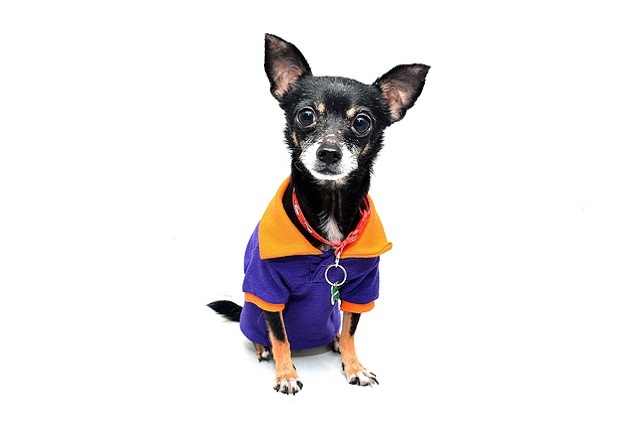
Can a cold in a dog be transmitted to other dogs
In the morning, the usually energetic dog lies in its nest with a drooping head and occasionally sneezes, releasing clear nasal water.
When the old companion at home no longer has a vigorous gait and the once bright eyes are covered with a layer of mist, every dog owner has to face a heavy and unavoidable topic — the health, as well as the life and death, of senior dogs. When these furry friends that have accompanied us for many years enter their twilight years, what is quietly threatening their lives? Exploring the main causes of death in senior dogs is not only an in-depth study of life science but also a heartfelt confession from every owner who tries to hold onto the precious time and provide better care for their beloved pets.
With the progress of pet medical care and the improvement of feeding conditions, the average lifespan of dogs has significantly increased over the past few decades. However, the gift of time always comes at a cost. When dogs enter their senior years (usually, small dogs are considered senior at the age of 7 and above, and large dogs at the age of 5 and above), all organs of their bodies, like precise machinery that has been running for many years, start to show various signs of wear and malfunction. Among the many health threats, cancer, with its high incidence and lethality, becomes the primary "culprit" of death in senior dogs. According to veterinary clinical data, more than half of the deaths of senior dogs are related to cancer.
There are various types of cancer in dogs, including lymphoma, breast cancer, osteosarcoma, skin cancer, etc. These malignant tumors are like time bombs lurking in the body, quietly eroding the dog's health. For example, mammary tumors are particularly common in unspayed senior female dogs. In the initial stage, there may just be small lumps under the skin. If not detected in time, the tumor will spread rapidly and affect the function of surrounding organs. Osteosarcoma mostly occurs in large dogs. When it breaks out, the dog will show symptoms such as lameness and pain. Due to the extremely fast growth of the tumor, it is often already in the advanced stage when diagnosed.
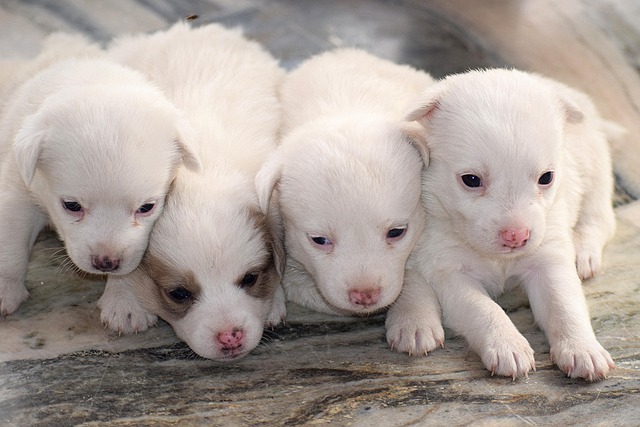 In addition to cancer, cardiovascular diseases are also an important threat to the health of senior dogs. As they age, the hearts and blood vessels of dogs gradually age. The heart muscles become stiff, the blood vessel walls thicken, and the elasticity weakening, leading to a decline in the heart's blood-pumping function. Common cardiovascular diseases include dilated cardiomyopathy, valvular heart disease, etc. Senior dogs with cardiovascular diseases have a significant decrease in their daily activity endurance. They will be out of breath even with slight exercise, and in severe cases, they may have symptoms such as difficulty breathing and abdominal effusion. They can no longer run freely as they did in their youth but can only lie quietly in the corner, with a cloudy look in their eyes revealing their longing for the vitality of the past. What the owner can do is, under the guidance of a doctor, use drug treatment, adjust the diet and exercise habits to relieve their pain as much as possible and extend the time they spend together.
In addition to cancer, cardiovascular diseases are also an important threat to the health of senior dogs. As they age, the hearts and blood vessels of dogs gradually age. The heart muscles become stiff, the blood vessel walls thicken, and the elasticity weakening, leading to a decline in the heart's blood-pumping function. Common cardiovascular diseases include dilated cardiomyopathy, valvular heart disease, etc. Senior dogs with cardiovascular diseases have a significant decrease in their daily activity endurance. They will be out of breath even with slight exercise, and in severe cases, they may have symptoms such as difficulty breathing and abdominal effusion. They can no longer run freely as they did in their youth but can only lie quietly in the corner, with a cloudy look in their eyes revealing their longing for the vitality of the past. What the owner can do is, under the guidance of a doctor, use drug treatment, adjust the diet and exercise habits to relieve their pain as much as possible and extend the time they spend together.
Kidney diseases are also an "invisible killer" for senior dogs. A dog's kidneys are responsible for filtering the blood, excreting metabolic waste, and regulating the electrolyte balance in the body. As they age, the kidney cells are gradually damaged, and the kidney function continues to decline. Chronic renal failure is the most common kidney disease in senior dogs. In the initial stage, the symptoms are hidden and may only be manifested as increased drinking and urination. But as the disease progresses, the dog will have symptoms such as loss of appetite, vomiting, and dehydration. The treatment of kidney diseases is a long-term battle. The owner needs to take the dog for regular reexaminations, adjust the diet, strictly control the intake of phosphorus, and even need subcutaneous fluid replacement to maintain the body's water balance.
In the health crisis of senior dogs, neurological diseases cannot be ignored. Cognitive dysfunction syndrome (similar to Alzheimer's disease in humans) has a relatively high incidence in senior dogs. Sick dogs will have symptoms such as loss of direction, disordered sleep cycles, and abnormal behaviors. They may get lost in their familiar homes, wake up restlessly in the middle of the night, and even forget their habits of getting along with the owner. Facing the once intelligent partner becoming confused and helpless, the owner is filled with heartache and reluctance. Although there is currently no radical treatment for neurological diseases, providing foods rich in antioxidants, increasing cognitive training games, and giving more companionship and patience can, to a certain extent, slow down the development of the disease and make the old companion's life still full of warmth and love.
In addition to these serious diseases, senior dogs are also vulnerable to infectious diseases, such as pneumonia, urinary tract infections, etc. Due to the decline of their immune system function and the weakening of their physical resistance, common bacterial and viral infections may lead to serious consequences. At the same time, joint diseases also trouble many senior dogs, especially large dogs and those that have had sports injuries in the past. Arthritis causes joint pain and limited mobility, making simple actions like getting up and going up and down the stairs difficult.
Every senior dog is a precious presence in the owner's life. They weave countless beautiful memories with their lifetime of companionship. After we understand the main causes that threaten their lives, we should integrate prevention and care into our daily lives. Take the dog for regular physical examinations to achieve early detection and early treatment; provide a nutritious diet suitable for senior dogs and supplement necessary vitamins and minerals; arrange moderate exercise according to their physical condition to maintain joint flexibility; most importantly, give them endless love and patience so that in the final stage of their lives, they can still feel warmth and happiness.

In the morning, the usually energetic dog lies in its nest with a drooping head and occasionally sneezes, releasing clear nasal water.
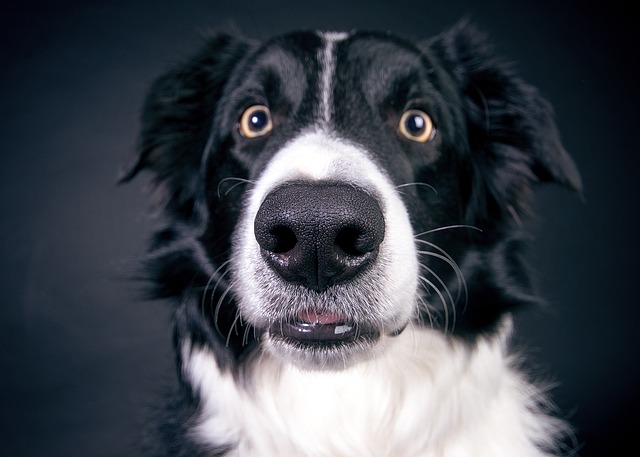
When the dog that accompanies you day and night suddenly stops jumping to the food bowl as usual, and even trembles uncontrollably, every owner's heart will tighten instantly.

When our lively furry friends, who used to light up at the sight of food, suddenly lose interest in their favorite snacks and even start vomiting, every owner's heart tightens instantly.
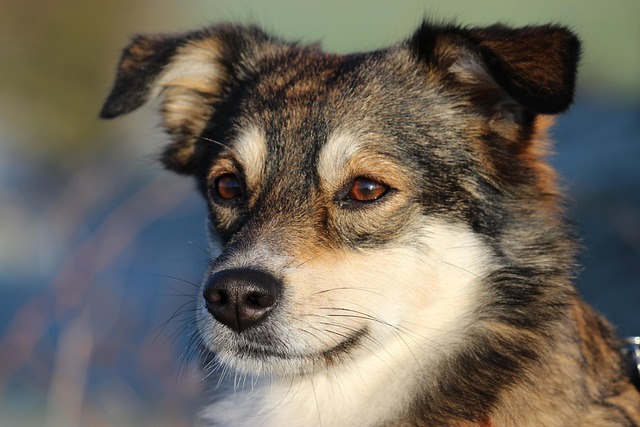
In the late night, the dog that was originally quietly sleeping suddenly and restlessly rubs on the floor, scratches its skin frantically with its paws,
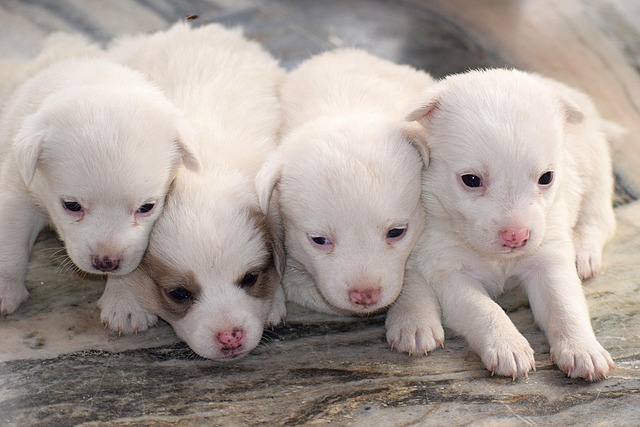
When the old companion at home no longer has a vigorous gait and the once bright eyes are covered with a layer of mist, every dog owner has to face a heavy and unavoidable topic — the health, as well as the life and death, of senior dogs.
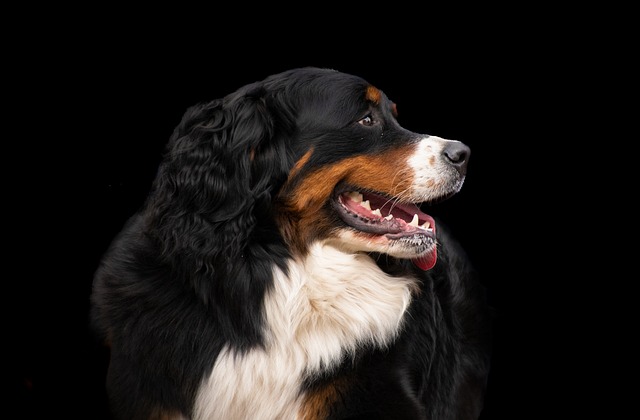
The silent and loyal companionship of dogs is the warmest comfort in life. However, when heart diseases quietly erode their health, those subtle changes are often easily overlooked.